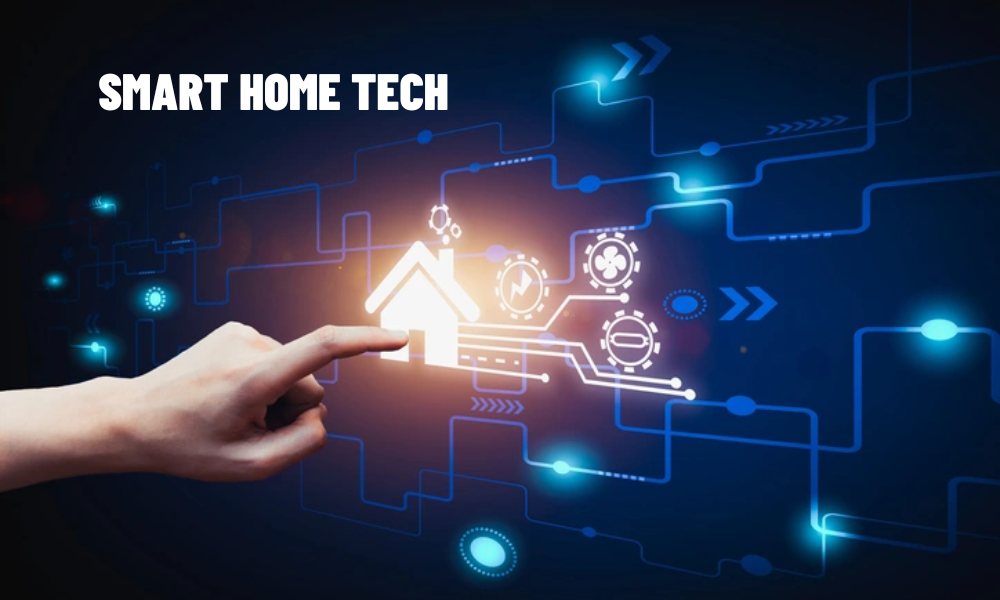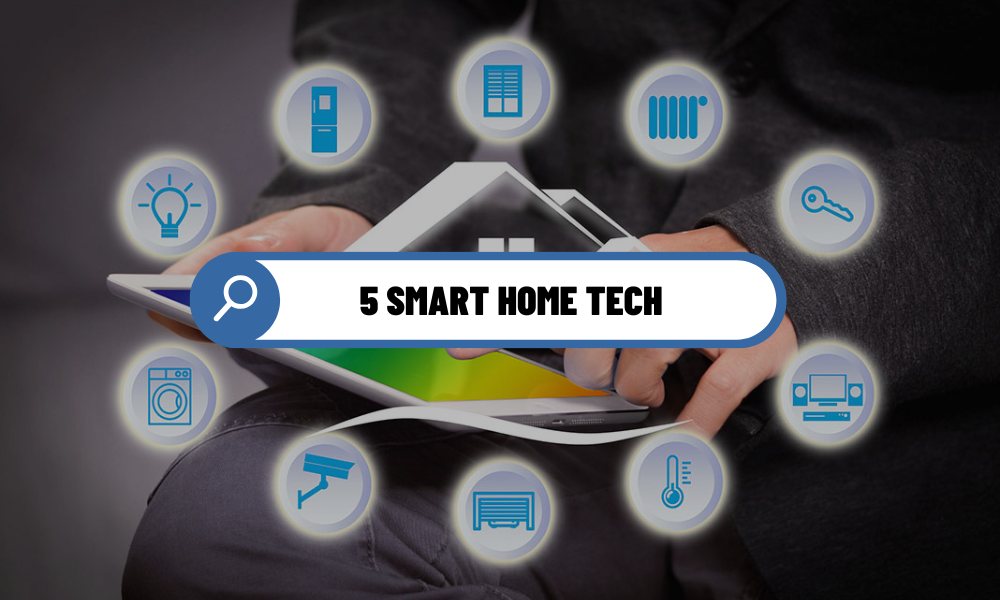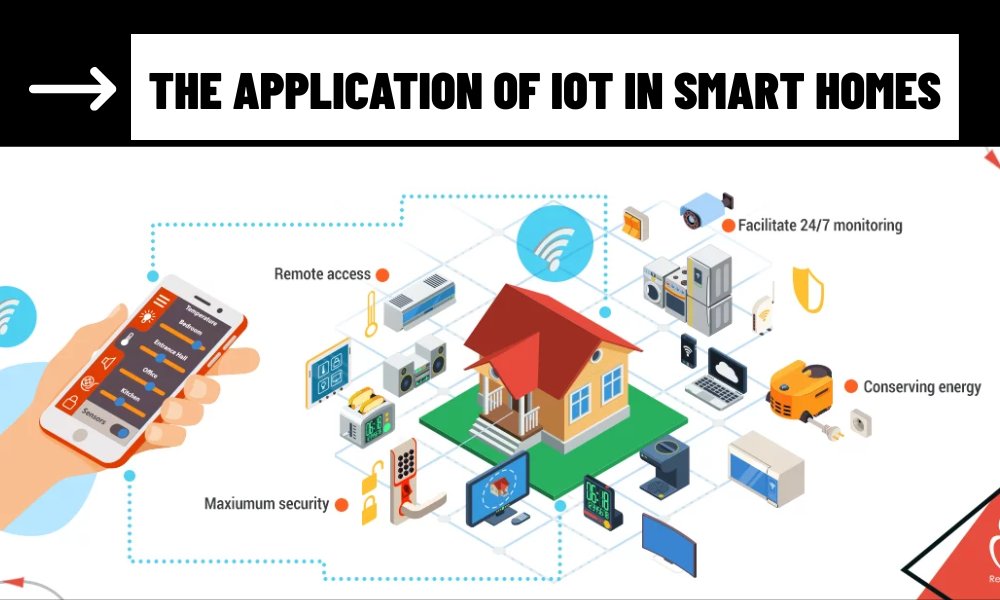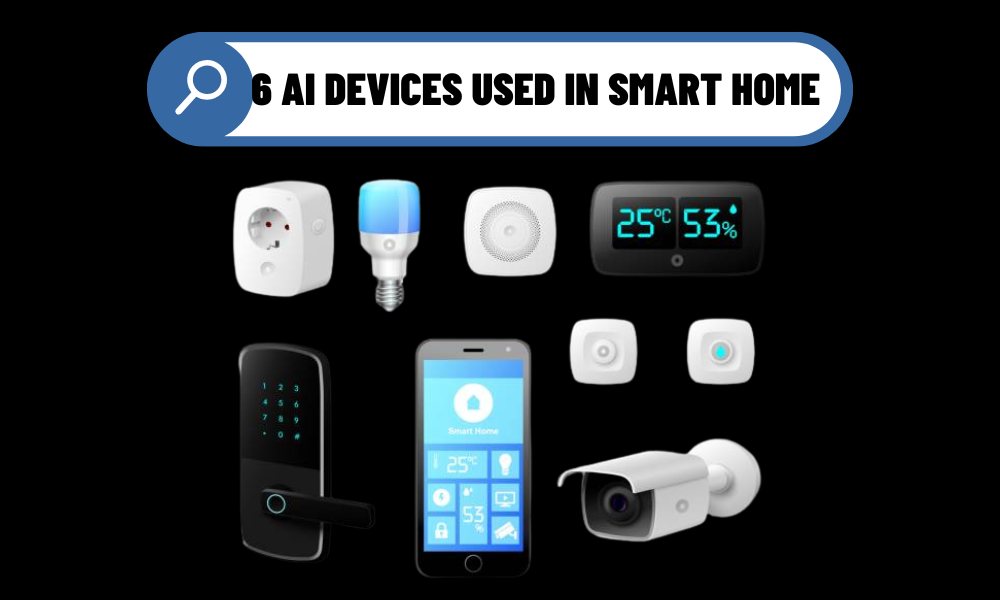In the era of hyperconnectivity, the concept of a “home” has evolved far beyond four walls and a roof. It’s now a dynamic digital hub where devices communicate, systems adapt, and technology enhances nearly every facet of daily life. At the heart of this shift lies 5 smart home tech innovations that are shaping the future of residential living.
From AI-powered decision-making to decentralized control, let’s explore the smart technologies driving the homes of tomorrow.

Contents
5 Smart Home Tech
1. Multi-Modal AI Integration
The convergence of voice, vision, and behavioral data
The smart assistant of today is no longer just a speaker that listens. Modern systems leverage multi-modal AI—combining voice recognition, facial analysis, and behavioral cues to deliver contextually aware experiences.
Picture this: as you walk into your living room, your home recognizes you, adjusts lighting to your preference, plays your favorite playlist, and queues up your latest show. These AI-enhanced environments adapt not just to your commands, but your emotions and patterns. In the landscape of 5 smart home tech, this kind of contextual automation is becoming foundational.
2. Smart Lighting That Responds to More Than Motion
Personalized ambiance through circadian rhythm tracking
Smart bulbs once responded simply to occupancy sensors. But the latest innovations take a health-first approach. Lighting systems now:
Adjust brightness and color temperature based on the time of day
Mimic natural sunlight to align with circadian rhythms
Reduce blue light exposure during evening hours
Integrated with AI, lighting becomes a subtle but powerful tool that promotes well-being, productivity, and better sleep cycles—something that’s often overlooked when discussing 5 smart home tech features.
3. Decentralized Access Control with Blockchain Technology
Moving from cloud control to user ownership
Security systems are evolving beyond simple apps and centralized cloud storage. A rising trend is blockchain-enabled access control, where homeowners can:
Issue tokenized digital keys to guests or service providers
Monitor entry logs on an immutable ledger
Store surveillance data locally or on distributed networks to avoid cloud dependency
This brings an added layer of security, privacy, and ownership to smart homes, aligning with the principles of Web3. As part of the broader 5 smart home tech revolution, blockchain plays a pivotal role in creating sovereign digital households.
4. Interoperable IoT Ecosystems
Breaking the barriers between brands and platforms
One of the most frustrating aspects of early smart home setups was ecosystem lock-in—where a Google device couldn’t talk to your Samsung fridge or Philips Hue lights. But with protocols like Matter, and advanced Layer-0 interoperability solutions, devices from different manufacturers can now:
Communicate and synchronize actions
Share sensor data for unified decision-making
Be managed through a single dashboard regardless of brand
This level of cross-platform compatibility allows homes to become truly smart—not just automated silos.
5. Real-Time Energy Monitoring and Optimization
Energy efficiency that pays off in real-time
Energy efficiency has always been a central goal in smart homes, but it’s now moving toward real-time optimization. Homeowners can now:
Track energy use at the device level
Set thresholds or dynamic usage policies
Integrate solar, battery storage, and grid-tied systems
Advanced energy systems can even participate in peer-to-peer energy trading, using blockchain to sell excess power to neighbors. Among the most impactful developments in 5 smart home tech, energy intelligence not only saves costs but also contributes to a more sustainable grid.

Smart Living in the Age of AI and Web3
The rise of 5 smart home tech isn’t just about convenience—it’s about transforming our spaces into environments that understand, adapt, and even anticipate our needs. Whether it’s through blockchain-secured systems, real-time energy optimization, or interoperable ecosystems, smart homes are becoming smarter, safer, and more sovereign.
As the lines between digital identity and physical presence blur, the homes of tomorrow will do more than respond—they’ll collaborate. And those who invest early in this transformation won’t just be more connected—they’ll be more in control.


